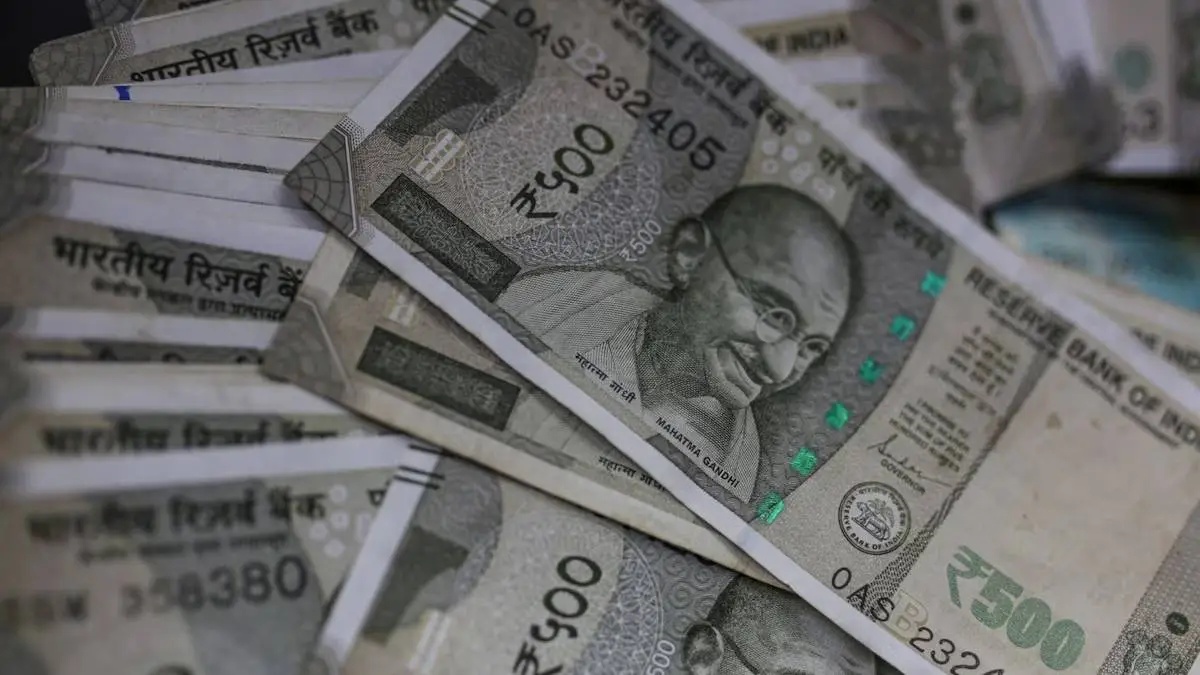
India’s central government has approved a significant salary adjustment for its employees and pensioners, with the Union Cabinet, led by Prime Minister Narendra Modi, sanctioning a 2% increase in Dearness Allowance (DA) and Dearness Relief (DR) under the 7th Pay Commission. This adjustment, effective from January 1, 2025, marks a crucial step in addressing inflationary pressures. The DA/DR rate for central government employees and pensioners will now stand at 55%, up from the previous 53%. This change ensures that approximately 1 crore employees and pensioners receive enhanced financial support to combat rising living costs. The decision underscores the government’s commitment to maintaining purchasing power amid economic challenges.
Key Details of the DA/DR Hike
The Union Cabinet’s approval includes an additional instalment of DA for central government employees and DR for pensioners, effective from the start of 2025. Union Minister Ashwini Vaishnaw highlighted the measure as a response to inflation, stating that the 2% increase compensates for price rises. The government has also addressed arrears for the period from January to March 2024, ensuring employees and pensioners receive back payments for the preceding months. This proactive approach aims to minimize financial strain on recipients and align compensation with current economic realities.
Frequency of Hikes and Current Minimum Pay
Central government employees and pensioners are accustomed to bi-annual DA/DR adjustments, with the first increase typically effective on January 1 and the second on July 1. The upcoming July 1, 2025, hike is anticipated to bring further changes, though the exact announcement date remains pending. Under the 7th Pay Commission framework, the minimum basic pay for employees is Rs 18,000, while pensioners receive Rs 9,000 as the minimum basic pension. At the current 55% DA/DR rate, employees earn Rs 27,900 monthly, and pensioners receive Rs 13,950, combining basic salary/pension with the allowance.
Projected Next Hike and Its Implications
Analysts predict that the next DA/DR hike, expected in August 2025, will be around 3%, pushing the rate to 58%. This increase would translate to an additional Rs 540 for employees with the current minimum basic salary of Rs 18,000, bringing their total monthly income to Rs 28,440. Similarly, pensioners would see their minimum pension rise by Rs 270, reaching Rs 14,220 at the 58% DR rate. These adjustments are critical for maintaining the standard of living for millions of government workers and retirees, ensuring their financial stability amidst inflationary trends.
Broader Impact on Public Sector Workers
The DA/DR hikes reflect a strategic effort to balance fiscal responsibility with the welfare of public sector employees. By aligning allowances with inflation, the government aims to retain talent and maintain service quality. However, the frequency and magnitude of these hikes remain subject to economic indicators and policy priorities. As the central government continues to monitor inflation rates and cost-of-living indices, future adjustments will likely be announced in a timely manner, ensuring continuous support for its workforce. This approach not only safeguards the financial interests of employees but also reinforces the government’s commitment to social welfare programs.



